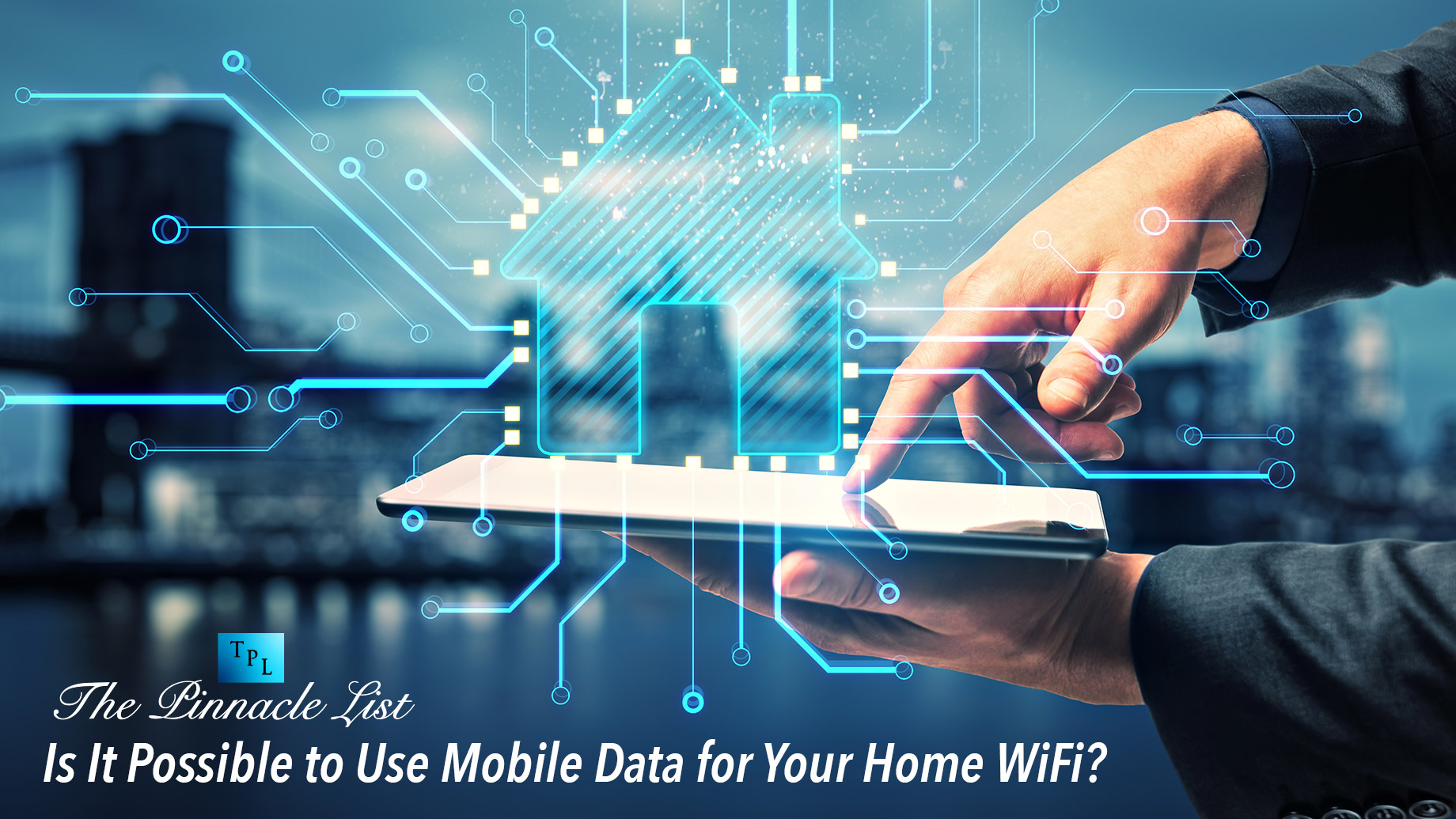
When it comes to our home internet, we have a lot of options: fiber, cable, satellite, 5G, DSL, and so many more. What we don’t often hear is the possibility of using mobile data for your home WiFi. For many, it may seem unconventional simply because we’re so accustomed to the idea of a fixed, wired internet connection. But the truth is, using mobile data as your home internet is actually feasible.
Back in the day, we all knew how a struggle it was to get a good mobile connection, especially in remote areas. But with the constant development of these technologies, we can now enjoy reliable cell phone service even in remote areas. It’s not guaranteed most of the time, but coverage is much better now than before. Here’s why it’s possible to use mobile data for your home WiFi:
1. Most smartphones already have a hotspot feature
The hotspot feature allows you to share your mobile’s internet connection with other devices. You can usually find this in your phone settings. By turning this on, you let your phone become a mini-router that distributes internet connection to nearby devices, including laptops and tablets. Having this feature means you won’t need to have a wired or satellite internet connection installed in your home — you only need your phone, your charger, and your mobile service.
2. 5G technology is extremely fast
When you think about it, LTE and 4G have always been reliable – at least on our end. We have never really had any major problems with these networks over the years unless there’s a problem with our service provider or we’re in a really crowded area like a concert. When the 5G network was released in 2019, it took things to a whole new level. 5G offers faster speeds compared to LTE and 4G, so you won’t have a problem with streaming high-resolution videos or bandwidth-intensive mobile games.
This means that using mobile data as your home WiFi connection is now more practical than ever. You won’t just be relying on your phone’s data for basic browsing. You’ll be able to stream, play, and even attend video conferences without any problem. The only downside is that, like fiber, it’s still not widely available. But if it is available in your area, consider yourself lucky because you’ll be able to enjoy a fast internet service even with only your mobile phone.
3. You don’t need to pay for an additional service
When you opt for a traditional home internet, you need to pay for two services – your home internet plan and your mobile plan. But if you use your mobile as your home internet as well, you only need to pay for one service. You might need to look for mobile service plans with unlimited data or high data allowance to ensure that you can handle all your internet needs without worrying about running out of data. This will allow you to save money in the long run, but you still need to do the math.
4. You can take it anywhere with you
The best part about this is that you’re not limited to one location as you would be with traditional home internet. With mobile data, you can take your internet connection anywhere you go. So, if you’re going to a cafe, an airport, a park, or even a camping trip, you can still do whatever you need to do online because your main source of internet connection is portable.
Wrapping Up
Yes, it is possible to use mobile data for your home WiFi. In fact, it’s even cost-efficient for those living alone. But if your household is a bit big, this might not be the best option for you because data usage can quickly add up, especially if you have multiple devices connected to your home network. So, when choosing your home internet option, make sure to consider your overall situation before anything else.